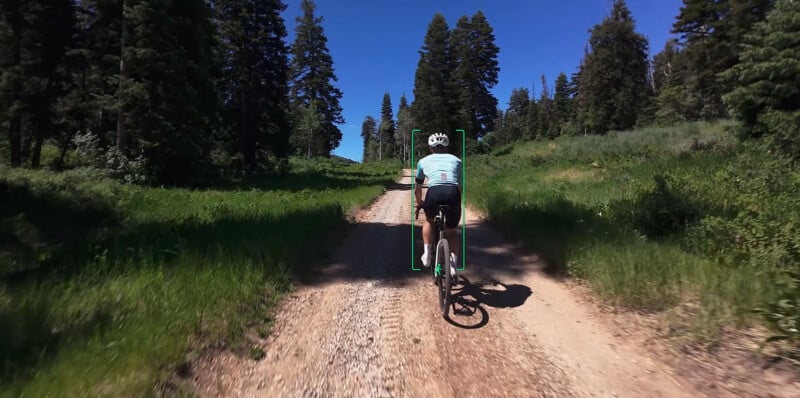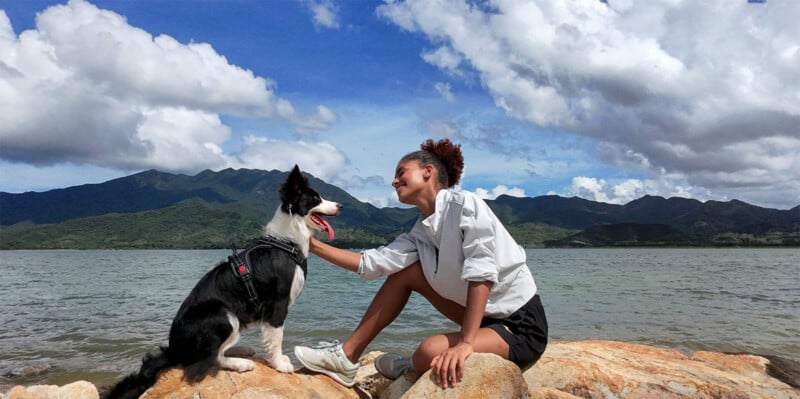DJI’s Tiny $199 Neo Selfie Drone Is Its Impressive Response to HoverAir
![]()
With its $199 DJI Neo selfie drone, DJI is coming for the largest segment of nearly any technology market: entry-level users.
The DJI Neo is a palm-sized selfie drone, weighing a paltry 135 grams (4.8 ounces), well below the 250-gram weight limit that requires a drone to be registered in the United States. It is DJI’s lightest and most compact drone ever.
![]()
The Neo, which DJI describes as “your personal videographer,” takes off and lands on a user’s palm and is a clear response to the popular HoverAir X1 drone released last year. And like the X1, and HoverAir’s upcoming X1 Pro and Pro Max devices, the Neo uses artificial intelligence (AI) to automatically track a subject and keep it in the frame. DJI is positioning the Neo primarily as a flying camera a content creator or adventurer takes with them to capture dynamic aerial footage of their activities.
To that end, Neo also features many of DJI’s intelligent shooting modes, QuickShots. These flying patterns provide dynamic views of the subject, including Helix, Expanse (seen below), Circle, Rocket, Spotlight, and Boomerang.
There are manual control options for Neo, too, including using an accompanying smartphone app, which can also be used with voice, creating a hands-free control experience. The app includes virtual joysticks — similar to a first-person shooter game on a phone — and offers a control range of up to 50 meters (164 feet).
Using their phone, users can quickly wirelessly transfer footage from Neo to their device, making post-production and sharing easy, even without a cable. The DJI Fly app also offers users a selection of editing templates, sound effects, and tools to get Neo’s footage ready for posting and sharing. The app also has “Beauty Skin” and “Beauty Body” shooting modes, although it’s unclear what the latter option does to a person’s appearance.
![]()
Somewhat surprisingly, given the target use-case — social media — the Neo doesn’t yet support vertical video recording. The Neo works with DJI’s Mic 2, at least, enabling users to connect a wireless mic to their phone and use it to record audio for their drone videos.
While the user can control Neo using their smartphone, either through touch or voice, the drone is compatible with DJI’s newest RC-N3 Remote Control ($129) and the Goggles 3 ($499).
“At DJI we are always studying everyday camera use so that we can help people capture their videos and photos in the most convenient way possible,” says Ferdinand Wolf, Creative Director at DJI. “The DJI Neo strives to give people the latest tech in the smallest form factor so that they can capture their daily lives, saved as treasured memories, safely and with ease.”
As for “the latest tech,” it’s worth taking a closer look at Neo’s imaging pipeline. The selfie drone sports a Type 1/2 image sensor that can shoot 12-megapixel still images (JPEG only) and record 4K video at up to 30 frames per second. With electronic image stabilization disabled, the footage is 3840 x 2880 (4:3 aspect ratio). With EIS enabled, the aspect ratio changes to 16:9 (3840 x 2160). Videos are recorded at a max bitrate of 75Mbps and are MP4 files. The built-in f/2.8 lens sports a 117.6-degree field of view, equivalent to a 14mm lens on a full-frame camera.
Concerning stabilization, DJI Neo is also equipped with a single-axis mechanical gimbal to keep things steady, even in up to Level-4 wind conditions. When combined with DJI’s RockSteady or HorizonBalancing stabilization modes, the Neo promises stable recording.

When it comes to flying specs and performance, the drone’s max ascent speed in “Sport mode” is three meters per second, while its max descent speed is two meters per second. When moving horizontally, Sport mode tops out at eight meters per second, but the drone can fly 16 meters per second when manually controlled, which is nearly 36 miles per hour. The drone can also hover in place, which is more challenging than it may seem, especially when contending with varying wind conditions. The Neo also has return-to-home (RTH) functionality.

Unsurprisingly, given the Neo’s 135-gram weight and tiny size, battery life is fairly limited. The drone promises a maximum flight time of up to 18 minutes (17 with the Propeller Guards installed). The battery allows for at least 20 palm takeoff and landings for successive shoots. The drone’s maximum flight distance is seven kilometers (4.3 miles).
Pricing and Availability
The DJI Neo is available to order now for $199. It also comes in a $289 DJI Neo Drone Combo, which includes two extra batteries, a two-way charging hub, and an RC-N3 remote controller. The DJI Neo is expected to begin shipping on October 8th.
Image credits: DJI